Ankle Joint Stiffness: Physiotherapy Treatment
Introduction
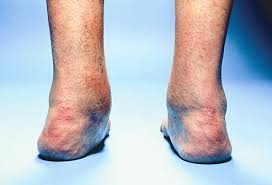
Ankle Joint stiffness is the sensation of difficulty moving a joint or the apparent loss of range of motion of a joint. Joint stiffness often accompanies joint pain and/or swelling. Joint stiffness can be caused by injury or disease of the joint and is a common finding in arthritis conditions.
The ankle joint is a hinged synovial joint that is formed by the articulation of the talus, tibia, and fibula bones. Together, the three borders (listed below) form the ankle mortise.
Joint damage including stiffness can also occur following injury to the joint. Stiffness following surgery or injury to a joint develops as a progression of four stages: bleeding, edema, granulation tissue, and fibrosis.
Anatomy of the Ankle Joint
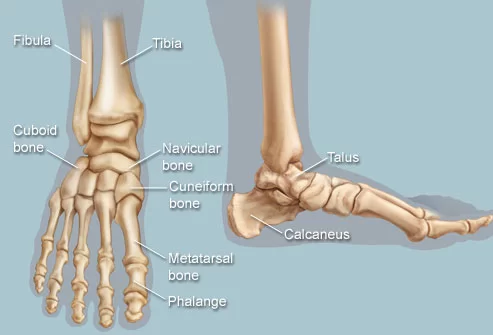
Structure and Function
The ankle joint is important during ambulation because it adapts to the surface on which one walks.
The movements that occur at the ankle joint are plantarflexion, dorsiflexion, inversion, and eversion.
The muscles of the leg divide into anterior, posterior, and lateral compartments.
Articulating Surfaces
Trochlea of Talus
Malleolar Mortis formed by Tibia & Fibula
Lateral & Medial Malleolus
Joint Capsule
The articular capsule surrounds the joints, and is attached, above, to the borders of the articular surfaces of the tibia and malleoli; and below, to the talus around its upper articular surface.
The joint capsule anteriorly is a broad, thin, fibrous layer, posteriorly the fibres are thin and run mainly transversely blending with the transverse ligament and laterally the capsule is thickened, and attaches to the hollow on the medial surface of the lateral malleolus.
The synovial membrane extends superiorly between Tibia & Fibula as far as the Interosseous Tibiofibular Ligament.
Ligaments
The main stabilizing ligaments
Medially the deltoid ligament, consists of four ligaments that form a triangle connecting the tibia to the navicular, the calcaneus, and the talus.
It stabilises the ankle joint during eversion of the foot and prevents subluxation of the ankle joint.
The anterior and posterior tibiotalar ligaments connect the tibia to the talus.
The last two ligaments of the triangle are the tibionavicular ligament which attaches to the navicular anteriorly and the tibiocalcaneal ligament which attaches to the calcaneus inferiorlyLaterally the ankle has stabilization from three separate ligaments, the anterior and posterior talofibular ligaments, and the calcaneofibular ligament.
The anterior talofibular ligament connect the talus to the fibula, the weakest of the three lateral ligaments and thus the most frequently injured.
The posterior talofibular ligament connect the talus to the fibula
The calcaneofibular ligament connects the fibula to the calcaneus inferiorly.
The lateral ligaments stabilize the ankle, and serve as a guide to direct ankle motion by attaching the lateral malleolus to the bones below the ankle joint.
They are responsible for resistance against inversion and internal rotation stress.
Pathophysiology of Joint Stiffness
The Four Stages of Stiffness :
- Bleeding
- Edema
- Granulation Tissue
- Fibrosis
Stage 1: Bleeding
The first stage, occurring within minutes to hours following articular surgery or trauma, is caused by bleeding, which results in distension of the joint capsule and swelling of the periarticular tissues.
Depending on the individual joint, the capsule achieves a maximum potential volume at a certain joint angle.
In the knee, the maximum capacity of the joint capsule has been found to occur at approximately 35° of flexion; in the elbow, it occurs at 80° of flexion.
Any attempt to flex or extend a joint beyond its position of maximum capacity, when the joint and/or periarticular tissues are markedly swollen, creates extremely high hydrostatic pressures within the joint and periarticular tissues.
Associated with these high pressures are severe pain and a marked increase in resistance to motion.
Immediately following injury or surgery to the joint, the natural tendency is to hold the joint in the position of maximum articular volume to minimize painful stretching of the joint capsule and the pressure of the intra-articular hematoma.
Stage 2: Edema
The second stage of stiffness, which occurs during the next few hours or days, is very similar but progresses less rapidly.
It is due to edema, caused by inflammatory mediators that are released by platelets and dead and injured cells.
These mediators cause nearby blood vessels to dilate and leak plasma, resulting in swelling of the periarticular tissues, thereby diminishing their compliance.
With swollen and less compliant tissues surrounding it, the joint becomes physically more difficult to move and movement becomes more painful.
Up to this point, stiffness and loss of periarticular tissue compliance are simply due to the accumulation of fluid. In the next two stages, fluid is replaced by extracellular matrix deposition, marking a significant transition.
Stage 3: Granulation Tissue
The third stage consists of the formation of granulation tissue. This occurs during the first few days or weeks following trauma or surgery.
Granulation tissue is a highly vascularized, loosely organized tissue with material properties somewhere between a highly organized blood clot and loose areolar fibrous tissue.
As this granulation tissue appears within and surrounding the joint, the stiffness previously due to fluid accumulation becomes increasingly due to the deposition of a solid extracellular matrix.
Stage 4: Fibrosis
The fourth stage of stiffness represents fibrosis. During this stage, the granulation tissue matures, forming dense, rigid scar tissue. This scar tissue has a high concentration of collagen type I fibers in its extracellular matrix.
What are the Causes of Ankle Joint Stiffness?
- Achilles Tendonitis
- Nerve Damage (Neuropathy)
- Ruptured Tendon
- Trauma
- Tumors
- Post Operative Joint Stiffness
- Immobilization of Ankle joint after Fracture around Joint.
- Rheumatoid Arthritis of Ankle
Which Symptoms are seen in Ankle Joint stiffness?
The ankle joint is the meeting of the bones of the leg and the foot and is responsible for the up and down motion of the foot.
In popular usage, the ankle is often considered to be the ankle joint plus the surrounding anatomic region, including the lower end of the leg and the start of the flat part of the foot.
Pain in the ankle can result from inflammation or injury to any of the structures in this region, including the bones, joint space, cartilage, ligaments, tendons, or muscles.
Ankle pain can be associated with other symptoms including
- ankle swelling
- bruising
- redness
- numbness or tingling
- instability
- burning pain
- inability to bear weight on the affected ankle
- stiffness
- weakness.
Common causes of ankle pain include sprains or injuries. Rheumatoid arthritis, gout, osteoarthritis, and other types of arthritis can also cause ankle pain. Achilles tendonitis is another potential cause.
Related Symptoms & Signs
- Ankle Swelling
- Foot Pain
- Foot Swelling
How to get rid of ankle joint stiffness?
Medical Treatment
Symptomatic Treatment Mainly Pain relieving NSAID (Non-steroidal anti-inflammatory drugs) and Hot and Cold Packs two times a day are useful in reducing pain, and swelling stiffness of Joints.
Physiotherapy Treatment Mainly Ankle Mobilization exercise, Pain relieving modalities like Paraffin Wax Bath, and Infra-Red are useful in reducing Joint pain, Swelling, and Stiffness.
Soft Tissue Mobilization To Improve Ankle Joint Stiffness
Below is an example of how you can utilize a foam roller to help you improve the soft tissue restrictions in the calf that may be contributing to your stiff ankles.
As stated before, soft tissue restrictions are one of the causes of stiff ankles.
Exercises For Stiff Ankles: Calf Foam Rolling
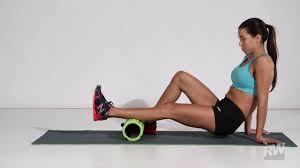
Stretching Exercises For Stiff Ankles
Stretching is the most common approach used to enhance dorsiflexion range of motion.
Stretching has been shown to increase flexibility and attenuate exercise-induced muscle soreness, which is why stretching is so common in the rehabilitative and training space.
There are three main approaches to stretches include:
- Static Stretching
- Proprioceptive neuromuscular facilitation (PNF)
- Ballistic stretching
The most researched of the 3 is static stretching into dorsiflexion which we will cover in this article.
This type of passive stretching has been shown to improve flexibility into dorsiflexion.
Ballistic stretching is a type of dynamic stretching that involves a fast bounce which has not been shown to improve the dorsiflexion range of motion.
PNF has also been shown to improve dorsiflexion range of motion, however, oftentimes requires assistance from another individual.
The two common types of PNF stretching include contract-relax and contract-relax agonist contracts. Below are a few static stretches great for improving ankle mobility.
Exercises For Stiff Ankles: Static Soleus Stretch:
Exercises For Stiff Ankles: Static Gastrocnemius muscle Stretch:
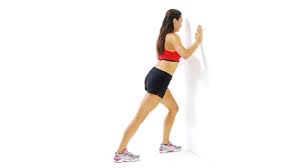
HOW:
Get set up standing with a wall in front of you and place your hands on the wall. Take a step back with the side you plan to stretch.
While keeping the foot you stepped back with flat on the ground, knee straight, and toes facing 12 o’clock, slowly lean and shift your weight forward until you feel a stretch.
FEEL:
You should feel a stretch in the calf of the foot that is behind you, specifically behind and below your knee and potentially right above your ankle. You shouldn’t feel pain or a pinch in front of your ankle.
COMPENSATION:
Be sure to keep your back foot facing at 12 o’clock, do not let your foot turn out or in. Try to keep your heel down. Keep the knee straight
Exercises For Stiff Ankles: Static Ankle Mobilization
Get your foot set-up and supported on an elevated surface while balancing on the other leg.
To perform the mobilization, bring your knee and shin bone forward over your toes while keeping your heel down on the ground.
Begin loading more of your weight onto the elevated leg, until the back leg is light on the floor.
You should feel a stretch in your calf and/or your ankle joint. Ensure that you keep your entire heel flat on the ground as best as you can.
Ankle Circles:

Get set-up seated with your back supported and support your leg by wrapping your arm under your knee.
While keeping your thigh still, draw large circles in a clockwise and counter-clockwise direction with your ankle.
You should feel your calf and ankle muscles working to control the movement.
Keep the rest of your leg and thigh still, focus on movement at the ankle.
Exercises For Stiff Ankles: Strengthen To Lengthen
Stretching of the calf muscle is often recommended when the goal is to improve ankle range of motion through muscle-tendon length, however, stretching was shown to be no better than just performing eccentric exercises.
This means when performing an eccentric exercise, go through the entire range of motion! You should be feeling a stretch in the calf at the end of the motion.
Single Leg Calf Raises Off Step:
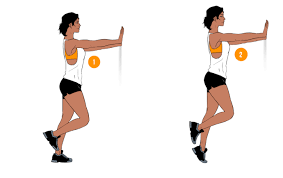
Single Leg Calf Raises Off Step
With the goal being to improve ankle mobility, make sure the heel gets as close as possible to the floor! Hold at the bottom for a second prior to returning back up into plantarflexion.
Achilles stretch:
An Achilles stretch is a lot like a calf stretch you may already know how to do
Start by standing near a wall or other support, like a chair, with your hands on the wall at eye level.
Place your left leg a step behind your right leg.
Keep your left heel on the floor and bend your right knee until you feel a stretch in your left leg.
Here’s the trick: Bend your back knee bent slightly to stretch your Achilles tendon.
Hold this stretch for 15 to 30 seconds, repeating 2-4 times on each leg.
Towel stretch:

To do this:
Sit on the floor with your legs extended straight out in front of you.
Wrap a towel around your toes on both feet.
Pull back slightly until you start to feel a stretch at the very bottom of your feet and the back of your lower legs.
Aim to hold this stretch for 30 seconds and repeat it 3 times total.
Band stretch:
You may also use a band or strap to help with stretches. As with the towel stretch, using a prop like this can help deepen the stretch.
To do an inward towel stretch:
Sit with your towel or band around your left foot.
Firmly hold each end of the towel with your hands.
Slowly turn your ankle inward, like you are facing the sole of your foot to the right.
Then pull up with the right-hand side of the towel to deepen the stretch.
Repeat on the other side.
To do an outward towel stretch:
Sit with your towel or band around your left foot.
Firmly hold each end of the towel with your hands.
This time, slowly turn your ankle outward, like you’re facing the sole of your foot to the left.
Then pull up with the left-hand side of your towel to deepen the stretch.
Repeat on the other side.
Try holding these stretches for 30 seconds and repeat 3 times.
Standing calf stretch:
To dial up the tension in your stretch, you can move to a standing position:
To start, stand facing the wall or other support, like a chair, with one foot in front of you by around 12 inches.
Point your toes up.
Slowly lean forward until you feel the stretch in the back of your lower leg.
Hold this stretch for 30 seconds and then repeat on the other side. Do 3 rounds total.
Standing soleus stretch:
Athletes often find themselves with tight calf (soleus) muscles. To stretch this deep muscle:
Stand a few feet away from a wall or other support, facing it.
Place one leg in back with your heel flat on the floor.
Your other leg can come forward toward the support.
Gently turn the foot on your injured leg inward toward the other foot.
Then slightly bend your front knee into the support until you feel a stretch in your injured leg.
Hold this stretch for 30 seconds and repeat 3 times.
Cross leg ankle stretch:
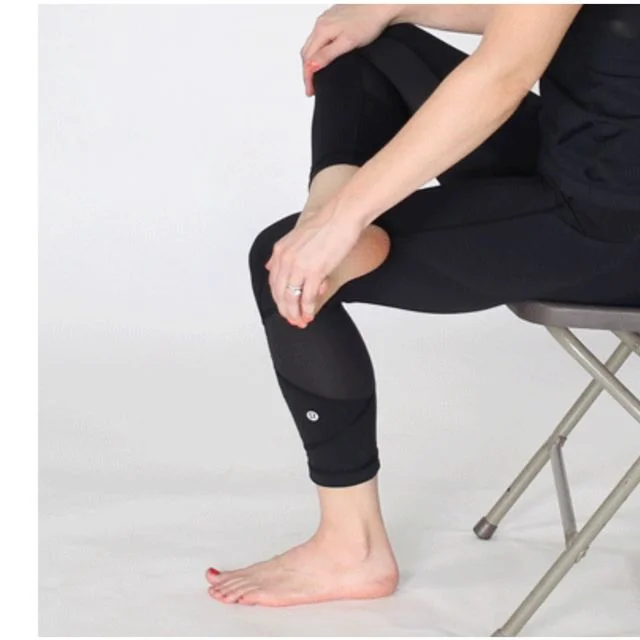
To do this:
Sit comfortably with your left leg crossed over your right knee.
Hold your right foot with your hands.
Then use your right hand to bend your left toes and ankle downward, like you’re pointing your toes.
You should feel this stretch on the front of your ankle and your foot.
Hold this stretch for 30 seconds and repeat on the other side.
Chair Pose:
You may want to try some yoga poses to help stretch your ankles. Chair Pose (utkatasana), for example, is a good choice for yogis of all levels:

Stand tall in tadasana. Inhale as your raise both of your arms overhead, palms inward.
As you exhale, bend both of your knees slightly, working toward getting your thighs parallel with the ground.
Your torso should make a right angle with the tops of your thighs.
Try holding this pose for 30 seconds to a full minute. To come out of it, inhale and straighten your knees.
Conclusion
Always consult with your doctor before starting any new exercises and stretches, especially if you’ve been injured or had recent surgery.
If you’ve had a recent injury or surgery, you may want to follow a dedicated strength and stretching routine for four to six weeks.
Your doctor likely has specific exercises and suggestions you should follow during your recovery as well.
Otherwise, stretching your ankles may help with your range of motion and overall stiffness and soreness.
Try to stretch regularly, or three to five days out of the week.
You can also speak with your doctor or physical therapist about other ways you might be able to improve your ankle strength and flexibility.
A trained professional can tell you if you’re doing these moves correctly. Proper form is important.
FAQ
How do you fix a stiff ankle?
Bend the injured foot’s leg up onto the thigh of your other leg while seated in a chair. Pull your foot gently inside and up toward you. Ankle mobility will be enhanced by this workout. To loosen up a tight ankle, repeat this ten times.
What causes ankle stiffness?
The most frequent reasons are regular wear and tear, arthritis, and injuries. Anywhere around the ankle may hurt or feel stiff, depending on what’s causing it. It’s possible that your ankle will swell and become immobile. Ankle discomfort often improves with rest, ice, and over-the-counter pain relievers.
How long does a stiff ankle last?
The ankle may swell, become stiff, or ache for several weeks even with the finest care. This will probably happen just after an exercise or first thing in the morning.
Is it bad to have stiff ankles?
One of the most frequent joints to suffer from recurrent morning discomfort is a stiff ankle. Usually, an ankle sprain, tendinitis, arthritis, or an injury are the underlying causes of stiffness. Another frequent element that might cause problems is overuse, particularly following extended periods of intense exercise or activity.
Is heat good for a stiff ankle?
Heat therapy is a useful tool for relieving chronic muscle and joint pain by relaxing tense muscles and joints. Using heat in the initial days following an acute injury is the one thing you should never do. Using heat might make your illness worse by causing more inflammation.
What does a stiff ankle feel like?
Ankle stiffness and reduced flexibility are caused by joint swelling and bone friction. It might get harder to point and flex the foot or shift the foot side to side as the ankle’s range of motion becomes more restricted.

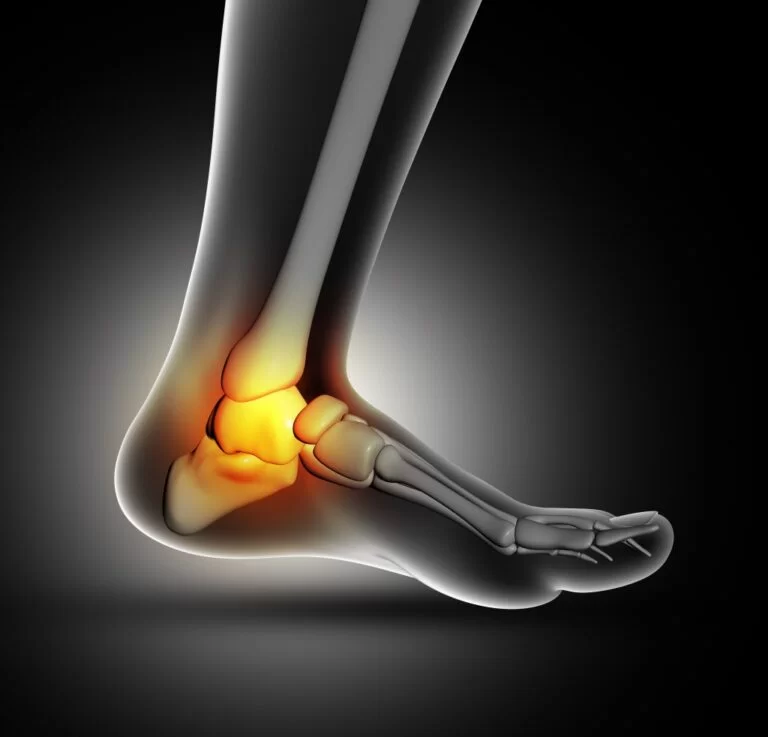
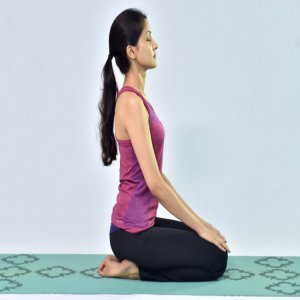
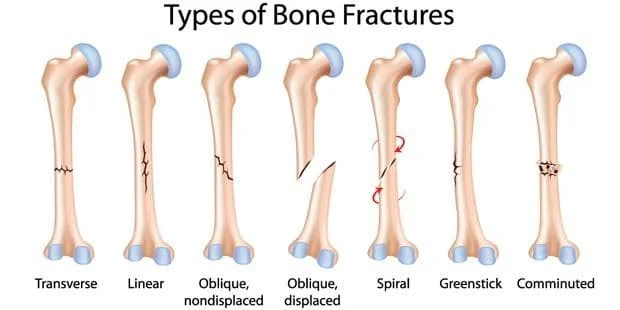

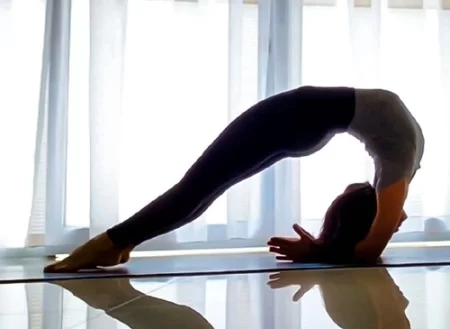
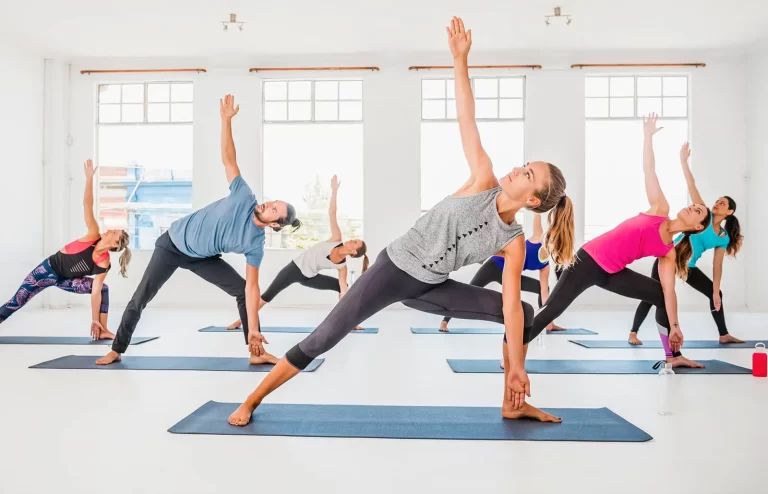

5 Comments